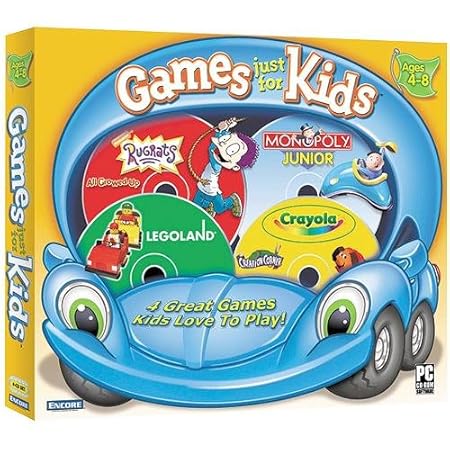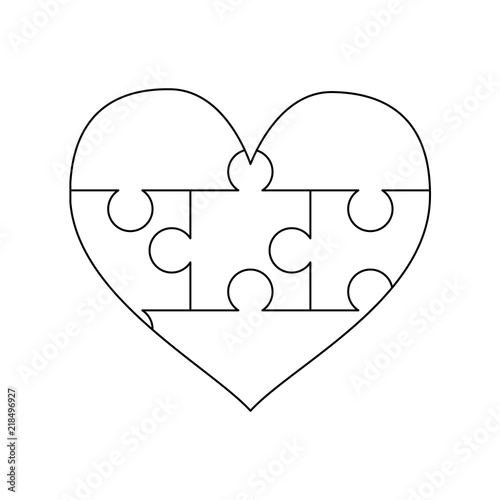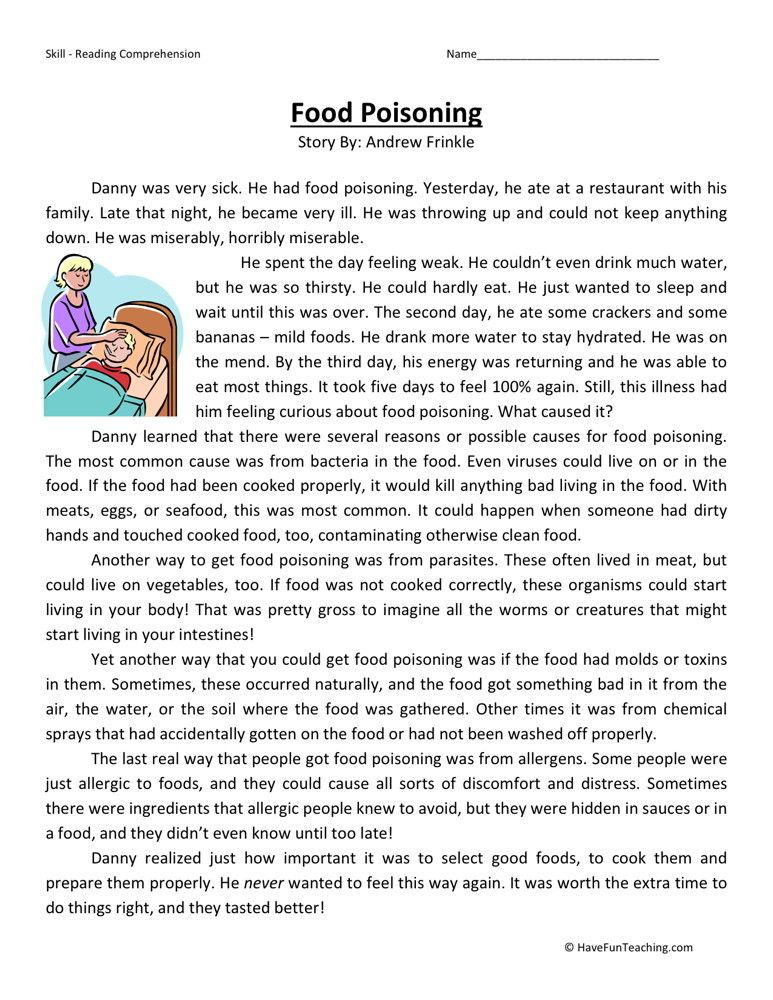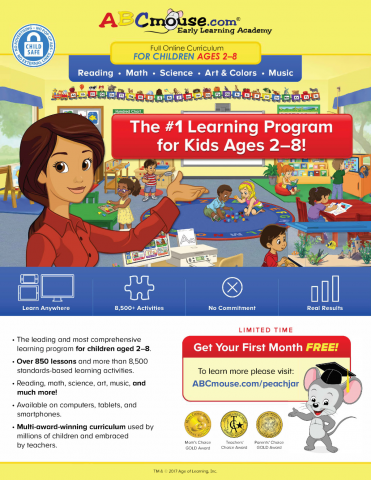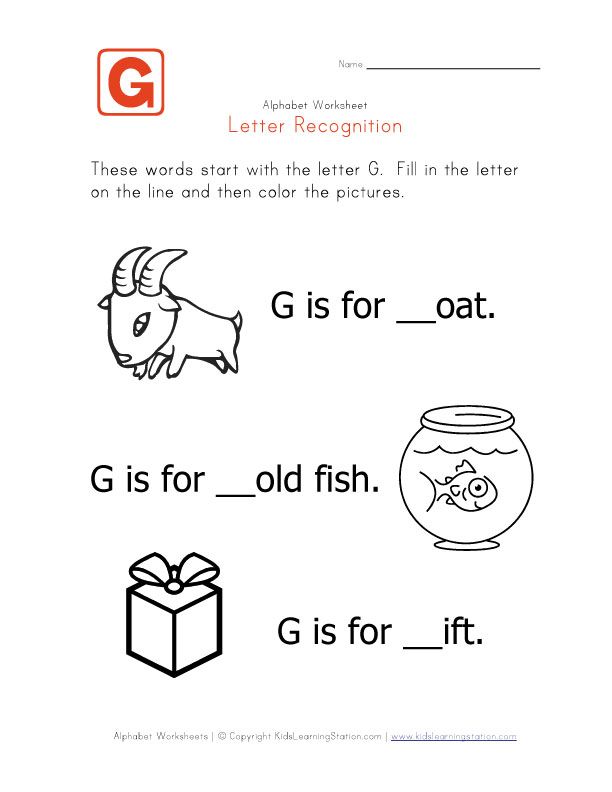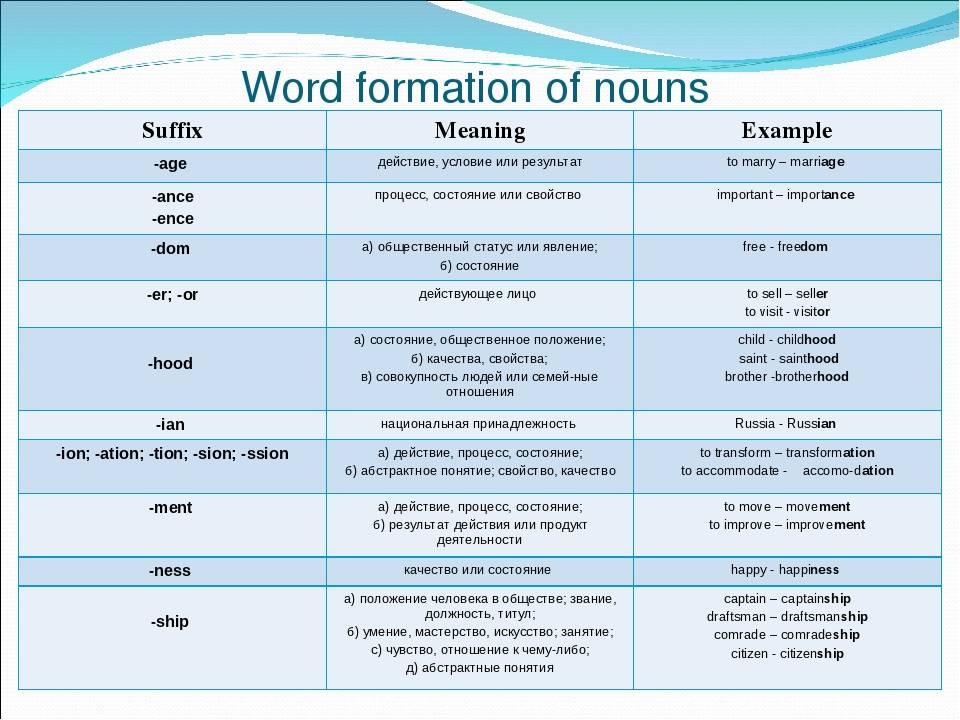Just for kids 2
Just For Kids Ii Llc
Write a Review
About the Provider
Kiddie Academy of Oviedo - Oviedo FL Child Care Facility
Description: At Just For Kids Childcare, we focus on the “whole child.â€Â We believe that by working closely with our parents, we can ensure that the children we service will one day become productive members of society.
Additional Information: Sibling Discount Available; Wheelchair Accessible; Provider First Licensed on: 09/15/2008; 3 Star Child Care Center;
Program and Licensing Details
- License Number: 60424
- Capacity: 176
- Age Range: 6 WK to 12 YR
- State Rating: 3
- Enrolled in Subsidized Child Care Program: Yes
- Transportation: YES
- Initial License Issue Date: Sep 15, 2008
- Current License Issue Date: Jan 01, 2015
- District Office: Tennessee Child Care Licensing
- District Office Phone: (931)645-0619 (Note: This is not the facility phone number.
)
- Licensor: Shaqonda Lewis
Location Map
Reviews
Be the first to review this childcare provider. Write a review about Just For Kids Ii Llc. Let other families know what’s great, or what could be improved. Please read our brief review guidelines to make your review as helpful as possible.
Email address (will not be published):
Display name:
Which best describes your experience?:
Select from belowI have used this provider for more than 6 monthsI have used this provider for less than 6 monthsI have toured this provider's facility, but have not used its servicesI am the ownerI am an employeeOther
Rating (1=poor, 5=excellent):
Select your Rating1 star2 star3 star4 star5 star
Review Policy:
ChildcareCenter.us does not actively screen or monitor user reviews, nor do we verify or edit content. Reviews reflect only the opinion of the writer. We ask that users follow our review guidelines. If you see a review that does not reflect these guidelines, you can email us.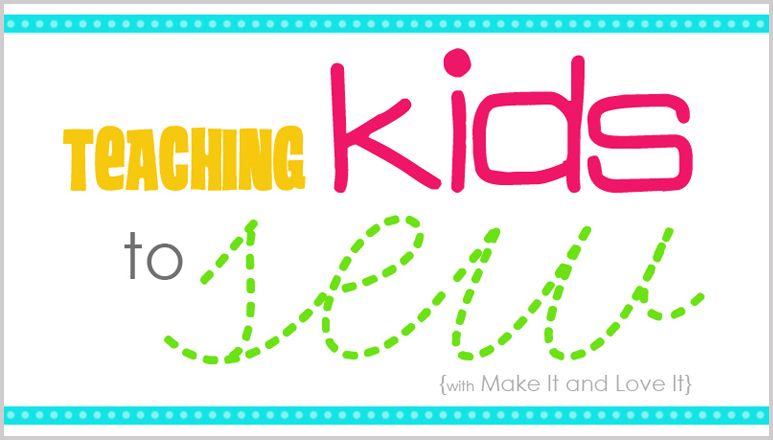 We will assess the review and decide the appropriate next step. Please note – we will not remove a review simply because it is negative. Providers are welcome to respond to parental reviews, however we ask that they identify themselves as the provider.
We will assess the review and decide the appropriate next step. Please note – we will not remove a review simply because it is negative. Providers are welcome to respond to parental reviews, however we ask that they identify themselves as the provider.
Providers in ZIP Code 37043
HILLDALE CHRISTIAN CHILD CARE CENTER
KIDDIE COLLEGE CHILD CARE, INC.
THE RED BARN CC CTR & PRE-SCHOOL, LLC
THE VILLAGE OF SANGO PRESCHOOL AND EARLY
THE VILLAGE OF ST. B PRESCHOOL AND EEC
JUST FOR KIDS
JUST FOR KIDS II LLC
THE GIVING TREE
YMCA FUN COMPANY @ BARKSDALE
YMCA FUN COMPANY @ ROSSVIEW
YMCA FUN COMPANY @EAST MONTGOMERY
BARKSDALE ELEMENTARY PRE-K
MISS PATSY'S PRESCHOOL & CDC
THE LITTLE COUNTRY SCHOOLHOUSE
THE LITTLE COUNTRY SCHOOLHOUSE PRESCHOOL
KIDS DEPOT/PROGRESSIVE DIRECTIONS
GOLDEN APPLE EARLY LEARNING CENTER
Healthy Sprouts Childcare Center
Spotlight Early Learning Academy
Amare Montessori
Carmel Elementary Pre K
East Montgomery Elementary Pre K
LITTLE SCHOLARS BEFORE/AFTER SCHOOL
ST.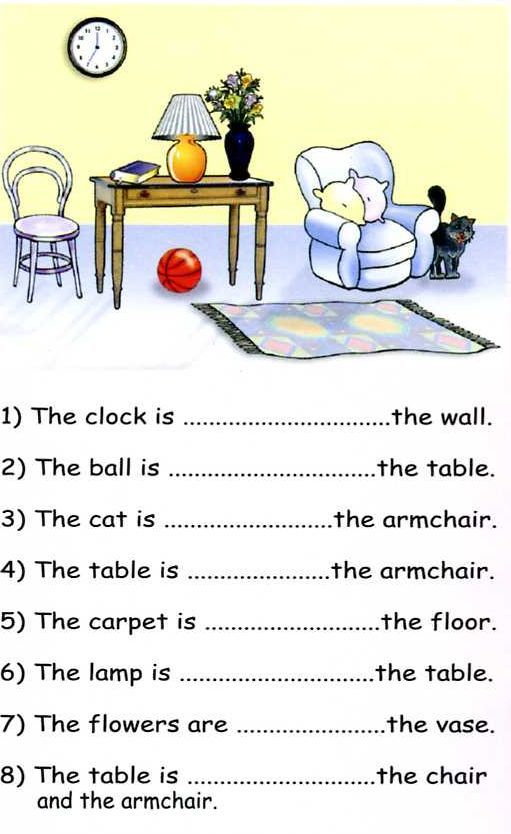 MARY'S BEFORE/AFTER CARE
MARY'S BEFORE/AFTER CARE
Just For Kids II | Franklin KY Licensed Child Care
Write a Review
About the Provider
Description: Just For Kids II is a Licensed Child Care in Franklin KY, with a maximum capacity of 60 children. This child care center helps with children in the age range of Infant To School Age. The provider also participates in a subsidized child care program.
Additional Information: STARS Rating: 1; Serves Children with Special Needs;
Program and Licensing Details
- Capacity: 60
- Age Range: Infant To School Age
- Achievement and/or Accreditations No Information Available
- Rate Range Infant - $26.00; Toddler - $26.00; Preschool - $25.00; School Age - $20.00;
- All STARS Rating: 1
- Enrolled in Subsidized Child Care Program: Yes
- Transportation: No
Location Map
Inspection/Report History
Stepping Stones Academy - Rosenberg TX Licensed Center - Child Care Program
Where possible, ChildcareCenter provides inspection reports as a service to families. This information is deemed reliable, but is not guaranteed. We encourage families to contact the daycare provider directly with any questions or concerns, as the provider may have already addressed some or all issues. Reports can also be verified with your local daycare licensing office.
This information is deemed reliable, but is not guaranteed. We encourage families to contact the daycare provider directly with any questions or concerns, as the provider may have already addressed some or all issues. Reports can also be verified with your local daycare licensing office.
| Inspection Date | Inspection Type | Start Time - End time |
|---|---|---|
| 2021-10-27 | Renewal Application | 09:15:00 - 11:10:00 |
| 2020-11-30 | Renewal Application | 09:10:00 - 10:50:00 |
| 2019-08-01 | Initial Application | 09:15:00 - 11:30:00 |
If you are a provider and you believe any information is incorrect, please contact us. We will research your concern and make corrections accordingly.
Reviews
Be the first to review this childcare provider. Write a review about Just For Kids II . Let other families know what’s great, or what could be improved. Please read our brief review guidelines to make your review as helpful as possible.
Write a review about Just For Kids II . Let other families know what’s great, or what could be improved. Please read our brief review guidelines to make your review as helpful as possible.
Email address (will not be published):
Display name:
Which best describes your experience?:
Select from belowI have used this provider for more than 6 monthsI have used this provider for less than 6 monthsI have toured this provider's facility, but have not used its servicesI am the ownerI am an employeeOther
Rating (1=poor, 5=excellent):
Select your Rating1 star2 star3 star4 star5 star
Review Policy:
ChildcareCenter.us does not actively screen or monitor user reviews, nor do we verify or edit content. Reviews reflect only the opinion of the writer. We ask that users follow our review guidelines. If you see a review that does not reflect these guidelines, you can email us. We will assess the review and decide the appropriate next step. Please note – we will not remove a review simply because it is negative.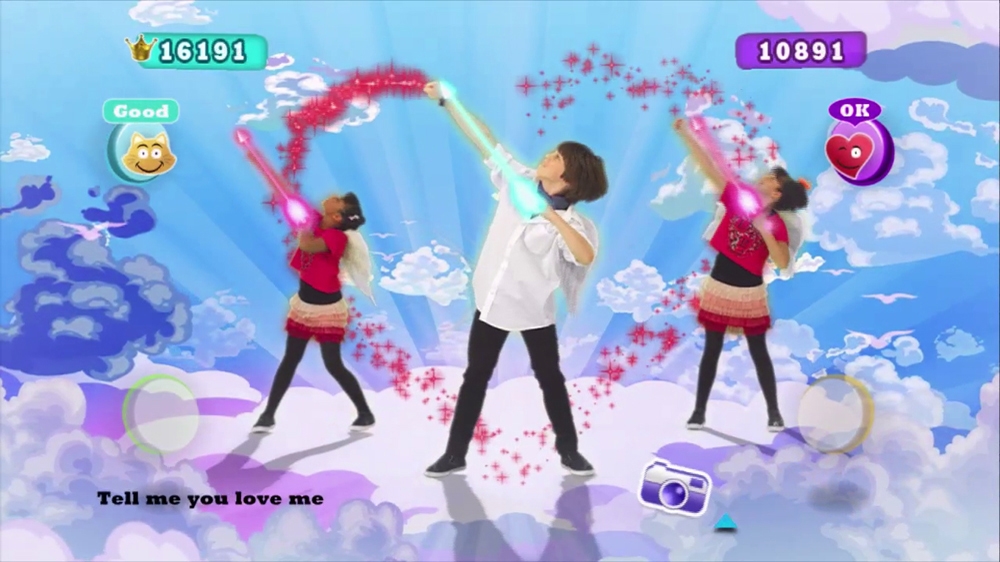 Providers are welcome to respond to parental reviews, however we ask that they identify themselves as the provider.
Providers are welcome to respond to parental reviews, however we ask that they identify themselves as the provider.
Providers in ZIP Code 42134
Happyland Daycare
Simpson County Head Start
Downey's Buttons-N-Bows
Green Tree Child Care and Learning Center
Greentree North Child Care and Learning Center
Just For Kids Daycare
Just For Kids II
Life Point Preschool
Speech development delay: how to help a child speak
Speech development delay is one of the most pressing problems in child neurology today, which, unfortunately, also affects absolutely healthy children. Often the parents themselves are the cause of the child's speech difficulties. The chief pediatric neurologist of the Ministry of Health of the Tver Region, Galina Anatolyevna Zueva, tells what to do and what should not be done in any case so that the child speaks correctly and on time.
Hello dear parents!
Today our conversation is devoted to a very important and urgent problem - the speech development of children. In the last few years, we have increasingly heard that a child who does not speak at 2.5-3 years old is a variant of the norm, that there is nothing wrong with that, you need to wait a bit, and speech will appear. In fact, this approach is fundamentally wrong. There are physiological norms for proper speech and mental development, and it is very important to monitor their observance from the very birth of a child. Only in this case, he will be able to develop harmoniously and fully.
In the last few years, we have increasingly heard that a child who does not speak at 2.5-3 years old is a variant of the norm, that there is nothing wrong with that, you need to wait a bit, and speech will appear. In fact, this approach is fundamentally wrong. There are physiological norms for proper speech and mental development, and it is very important to monitor their observance from the very birth of a child. Only in this case, he will be able to develop harmoniously and fully.
The main stages in the development of a child's speech
You can start developing your baby's speech from the first day of his birth.
The first thing to notice is how the baby cries. The crying of a child from birth is very different, it becomes especially expressive by the first month of life, from it you can understand what the baby needs: it is cold, it hurts, he wants to eat or go to the toilet, or maybe he just wants his mother to take it in her arms . If the child does everything right intonation, then the attentive mother quickly learns to understand the difference and respond to these “requests”.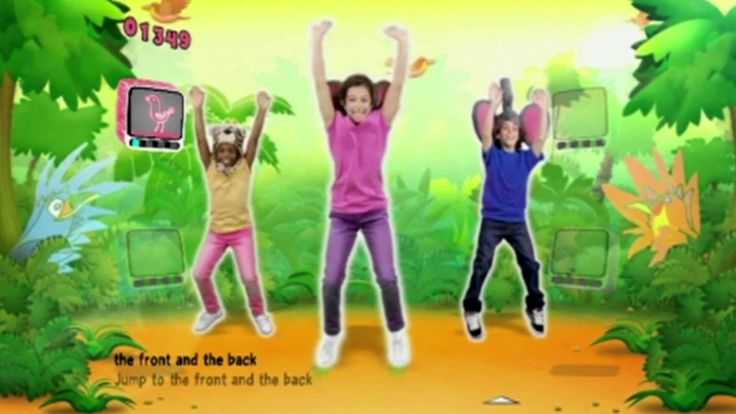 In this case, mental, and then speech development occurs harmoniously. If the baby cries monotonously, at the same level, and does not respond well to the voice, consult a doctor.
In this case, mental, and then speech development occurs harmoniously. If the baby cries monotonously, at the same level, and does not respond well to the voice, consult a doctor.
If the child is healthy and does not have hearing problems, then in response to positive emotions in the second month of life, he begins to “walk”. Together with the "cooing" the first laugh appears - squealing in response to emotional communication with an adult. The sounds of “humming” are already distinguished by a certain variety with a predominance of combinations of guttural and vowel sounds (“gu”, “ge”, “ha”, etc.) With these sounds, he tries to communicate, reacts to what is happening around him. If the baby does not start to “walk”, consult a doctor, he may have a problem with his ears.
The period of onomatopoeia begins from two months: the baby carefully follows mother's lips when she talks to him, and as if tries to repeat these movements, but so far silently. So, by 3.5-4 months, a true “coo” is formed, where the child focuses on the sound being pronounced, the syllable, as if listening to himself. During the period of true "humming" sounds become long, melodious and more diverse. Along with guttural and vowels, labial sounds and combinations of vowels with labials are increasingly appearing.
During the period of true "humming" sounds become long, melodious and more diverse. Along with guttural and vowels, labial sounds and combinations of vowels with labials are increasingly appearing.
By the age of six months, the child begins to babble - he begins to pronounce some individual letters, syllables. During this period, it is important to track intonations - how he speaks, how he cries. At six months, a healthy child should already be chatting, pronouncing certain syllables, repeating specific sounds after his mother. During the period of babbling, imitation of the sounds of an adult becomes more distinct.
By the end of the pre-verbal period, the child's non-verbal forms of communication with others become more complicated. Communication is carried out with the help of both hands, more differentiated facial expressions and sounds. The child stretches his hands to his mother, utters separate sounds, as if asking "take me." Then the facial expressions become more complicated. It becomes more expressive, symbolic gestures appear. The child can communicate with one hand. Babble words of various intonations appear.
It becomes more expressive, symbolic gestures appear. The child can communicate with one hand. Babble words of various intonations appear.
By the age of one, a child should speak 8 to 10 simple words: “mom”, “dad”, “baba”, “give”, “on”, that is, short simple words of several syllables. It is during this period that early speech development ends and motor speech begins to form as a way of communication between people.
After a year and a half, the child easily pronounces familiar and unfamiliar words by imitation, both addressed to him and accidentally heard from others. Intensive development of motor speech usually begins in the second half of the 2nd year of life. Up to one year and six months, a child pronounces about 30 words that are simple in sound composition. At two years old, the child already speaks more than 200 words, he has almost phrasal speech, he should already be able to formulate a simple thought or request: “Mom, let's go to the store, you promised to buy me a toy.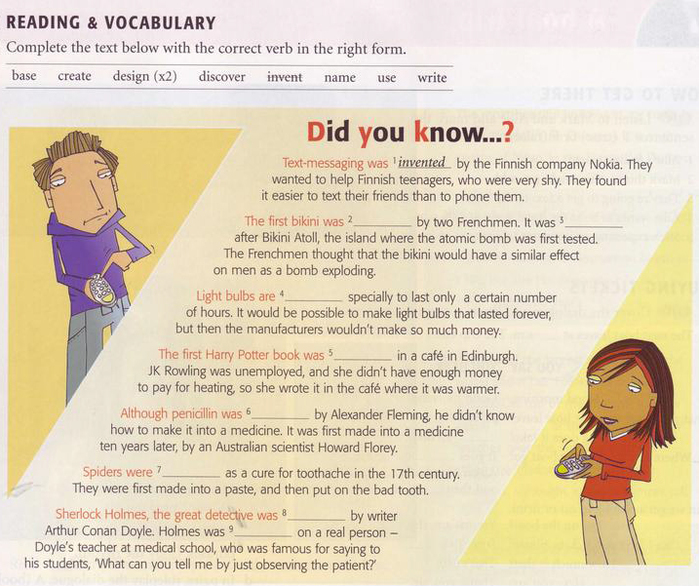 ” At the same time, he can still pronounce some sounds indistinctly. By the age of three, a child's speech has up to 1200-1500 words, including almost all parts of speech.
” At the same time, he can still pronounce some sounds indistinctly. By the age of three, a child's speech has up to 1200-1500 words, including almost all parts of speech.
This development is considered normal. But this happens only when the parents constantly talk to the child, tell him stories, sing lullabies. A very big problem today is that live speech is increasingly being replaced by gadgets. Because of this, many children who are initially born healthy from the point of view of neurology do not begin to speak on time.
If a healthy child at 2.5-3 years old does not speak phrasal speech at all and, at best, only speaks single simple words, he has a delay in speech development, and this, unfortunately, must be treated.
Speech develops gradually
It takes time for a child to learn to speak correctly and build logical, figurative phrases. When a child is just learning to walk, with his mother's help he takes the first uncertain steps, and after six months or a year he already runs, jumps and dances on his own.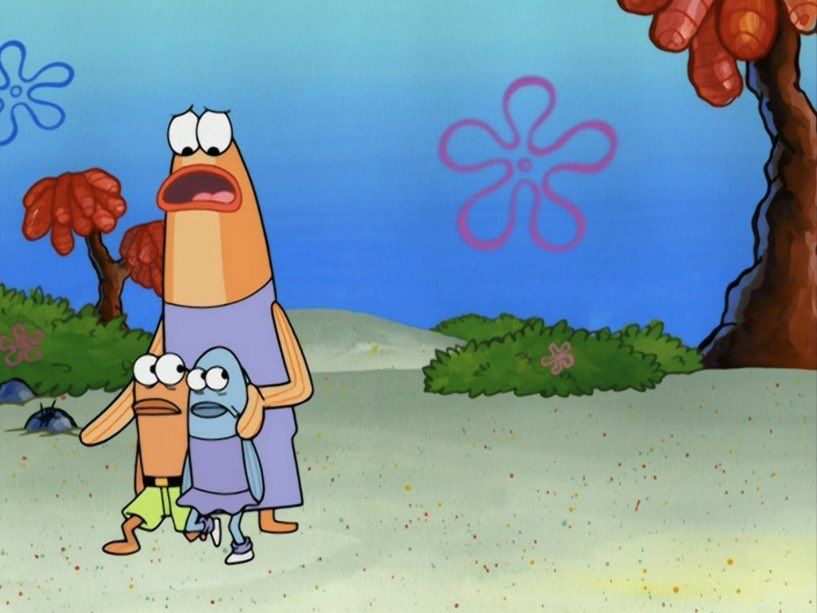 The same thing happens with speech: it develops gradually. The child not only memorizes new words, but at the same time trains articulatory muscles, learns to control intonation. It takes more than one year. Therefore, if at 3-3.5 years old your child is just beginning to pronounce the first words and build simple phrases like “mom, give me,” then by the age of six, when it’s time to go to school, he will not form a full-fledged phrasal speech. It is important to engage in the development of speech gradually, but from a very early age.
The same thing happens with speech: it develops gradually. The child not only memorizes new words, but at the same time trains articulatory muscles, learns to control intonation. It takes more than one year. Therefore, if at 3-3.5 years old your child is just beginning to pronounce the first words and build simple phrases like “mom, give me,” then by the age of six, when it’s time to go to school, he will not form a full-fledged phrasal speech. It is important to engage in the development of speech gradually, but from a very early age.
Causes of delayed speech development
The first and most basic reason is brain damage due to ischemia, hemorrhage, infection. But such deviations are diagnosed immediately, doctors monitor the child and take all the necessary measures. These are the patients with whom the neurologist, psychologist and speech therapist are already working.
But there is a category of patients who are born absolutely healthy. But due to errors in learning, they also begin to delay in speech development. Most often, the reason is the excessive passion of parents for mechanical sound, that is, the sound from a TV, computer, tablet, phone. Children who watch a lot of cartoons or constantly play with singing-talking toys develop passive speech well, but their own active speech is not formed. This is due to the difference in the wavelength of live speech and mechanical speech. In order for the child to start talking, you need to talk with him as much as possible, read fairy tales yourself, sing lullabies.
Most often, the reason is the excessive passion of parents for mechanical sound, that is, the sound from a TV, computer, tablet, phone. Children who watch a lot of cartoons or constantly play with singing-talking toys develop passive speech well, but their own active speech is not formed. This is due to the difference in the wavelength of live speech and mechanical speech. In order for the child to start talking, you need to talk with him as much as possible, read fairy tales yourself, sing lullabies.
Never let the TV or radio play in the background in the room where the baby spends time. Of course, if you want to show your child some kind of cartoon or program on a computer, this can and should be done, but after viewing the device must be turned off and put away.
Of course, all these devices and toys allow mom to relax a little or do some other business. But when they replace live communication, this leads to serious problems with the child's psyche. It is better to prevent such things than to catch up for years later. To restore the correct stereotype of speech in a three-year-old child, to change his perception, it takes a lot of effort and time: the child cannot quickly catch up with such gaps, one has to resort to intensive drug treatment, to additional classes with speech therapists. It's a long and difficult road. Why bring it to this when you can do everything right from the very beginning?
To restore the correct stereotype of speech in a three-year-old child, to change his perception, it takes a lot of effort and time: the child cannot quickly catch up with such gaps, one has to resort to intensive drug treatment, to additional classes with speech therapists. It's a long and difficult road. Why bring it to this when you can do everything right from the very beginning?
Why you should sing lullabies
Singing lullabies is an important part of raising a child. The most famous lullabies, for example, “bayu-bayushki-bayu”, were invented back in the 5th-6th century, and it is not by chance that we still sing them to children. They are built specifically in the timbre and wave length fluctuations that are understandable to the child, soothe him, develop the brain. There are songs for every age to sing. Singing such lullabies to a small child and simultaneously rocking him in your arms creates the basis for proper mental development.
Now many couples approach pregnancy planning with full responsibility: they lead a healthy lifestyle, take all the tests, read books about the health and upbringing of the unborn child.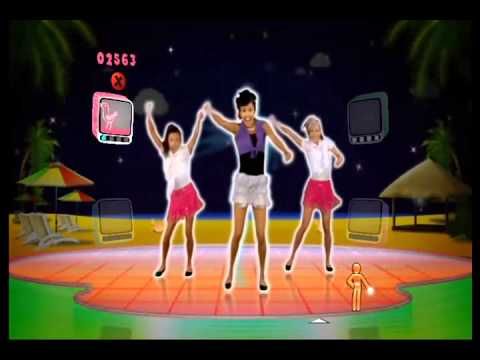 Include in this preparation and learning at least a few lullabies to sing to your baby. No matter how simple they may seem to you, they contain folk wisdom worked out over the centuries for the proper development of a person, this is very important. Sing these lullabies for at least a year.
Include in this preparation and learning at least a few lullabies to sing to your baby. No matter how simple they may seem to you, they contain folk wisdom worked out over the centuries for the proper development of a person, this is very important. Sing these lullabies for at least a year.
By the age of two, when the child already understands phrasal speech well, songs can be selected with more storylines, so that while the mother is singing, he can imagine this picture in his head.
Talk to your child as much as possible
Do not rush in conversations with the baby, calmly and measuredly tell him what is happening around, voice your actions. Then he will begin to perceive by ear the name of this or that object, this is how passive speech is formed. From six months, add details about the color and volume of objects: “small toy”, “red ball”. When you do this consistently, the child learns to hear and understand you.
This helps to explain to the baby after a year that the panties should be dry, that is, it is quite early to teach the child to the potty, and not to use diapers all the time.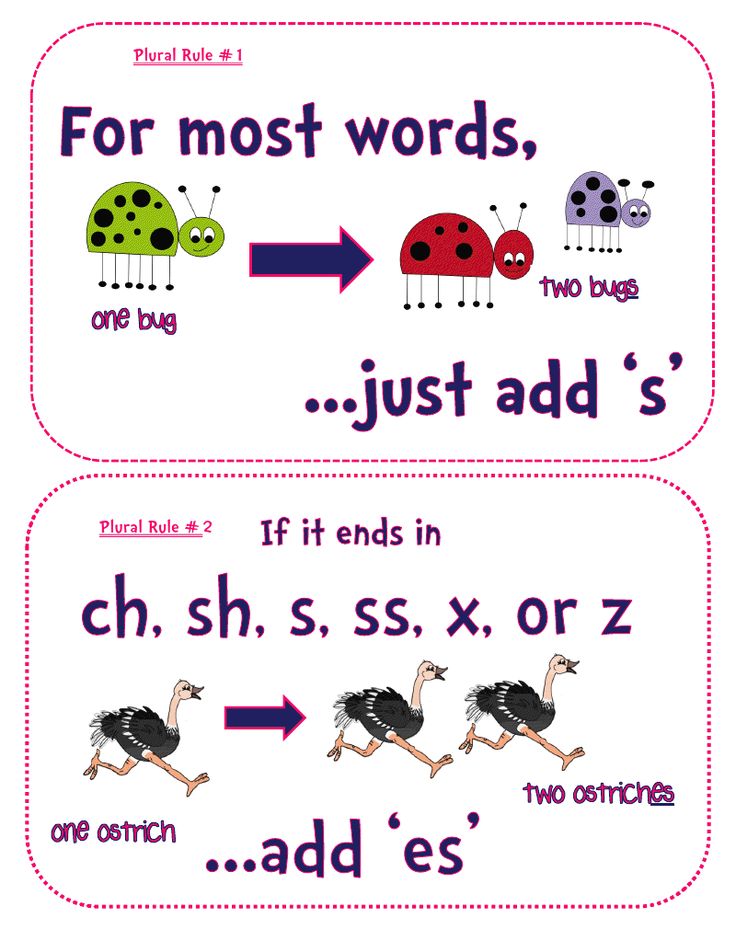 At a year and a half, the child is able to hold the bladder, control his pelvic functions. This is one of the important links in mental development. Of course, he will eventually learn to ask to use the toilet himself, but these skills will come much later and no longer in the form in which he would like.
At a year and a half, the child is able to hold the bladder, control his pelvic functions. This is one of the important links in mental development. Of course, he will eventually learn to ask to use the toilet himself, but these skills will come much later and no longer in the form in which he would like.
Therefore, it is very important to accustom yourself to talk with the baby as much as possible and limit the mechanical sounds around him as much as possible - these are the most important links in the prevention of speech development delay. If we build this correctly, then at the age of 2.5 the child begins to speak in phrase speech, and parents have no problems with his behavior and learning. If your child at 2.5 years old does not speak, especially if there is no so-called gibberish of his own, he is silent and does not voice the game, asking you for something, then this is not a variant of the norm, this is a problem that needs to be dealt with.
How to talk to a child
- You need to talk to your child in an ordinary timbre, it is this tone and timbre that the child knows from his prenatal state.

- Try to speak in simple phrases, but do not lisp, do not distort words.
- If a child has a problem with vision or hearing, then mom needs to start brightly painting her lips as soon as possible so that he can follow her lips and understand exactly how she pronounces sounds.
- If a child in the first year of life had problems with swallowing, then, unfortunately, problems with sound pronunciation cannot be avoided. You can start studying with a special speech therapist already in the first months of a baby’s life, even in the pre-speech period.
- Solve all problems as soon as they appear, do not delay and do not wait for it to pass by itself. It won't pass.
Ordinary or speech therapy garden?
So, the child has grown up, and it's time to decide which preschool institution to take him to. At this point, it is important to figure out if your baby has mental and speech problems, and which ones.
When your baby does not have any serious medical problems, start with a regular garden. If in the first year speech does not level off and does not develop to the desired level, then it is worth applying for the medical and pedagogical commission. It runs from February to June. You can get a referral from the day care center or call them and make an appointment. To pass the medical and pedagogical commission, you must have the conclusion of a neurologist, speech therapist, psychiatrist about the state of health of your child.
If a child has begun to speak in phrasal speech, but does not pronounce certain sounds, then you can take him to a regular kindergarten, which has speech therapy groups. They work with children with normal psycho-speech development, but with incorrect settings for the sounds themselves. Usually a speech therapist starts working with such children from the age of five in order to even out speech and correct all weak sounds by school. On average, it takes three months to set up and fix one sound.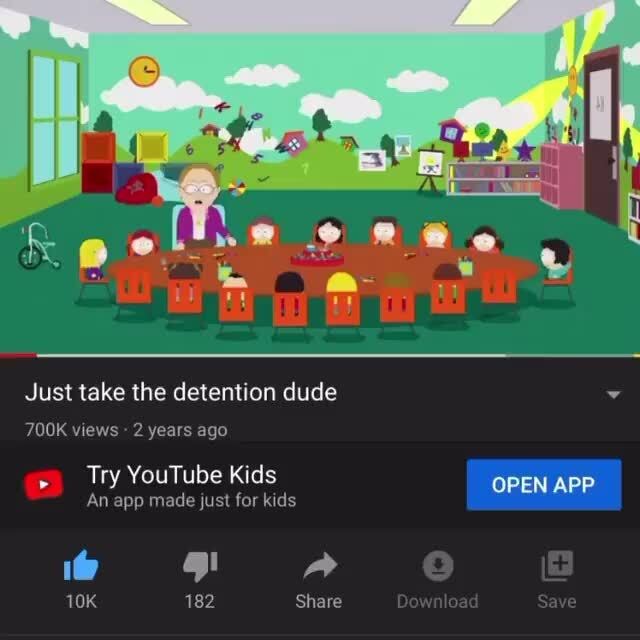
One of the most common disorders in children aged 3-3.5 years is the so-called porridge in the mouth, when, due to a violation of the innervation of the speech muscles, the child cannot pronounce some of the sounds clearly and understandably. In this case, one cannot do without the help of a specialist, it is better to contact a neurologist to establish the exact cause of dysarthria and carry out the necessary treatment, if necessary, it is also necessary to visit a special speech therapy garden. It requires an integrated approach: simultaneous coordinated work of a speech therapist, neurologist and psychologist.
The Medical and Pedagogical Commission is in charge of assigning children to specialized groups or kindergartens.
And I repeat again, it is much easier to deal with the prevention of speech development delay, so that those children who could speak, but due to insufficient attention from their parents, did not start, did not fall into special groups. To do this, it is important not just to talk with the child, but to hear what he is talking about, try to understand him and respond to his words. I assure you, if you establish this contact from childhood, it will last for a lifetime, help the baby become a good member of the family, society, reliable support and support for you.
I assure you, if you establish this contact from childhood, it will last for a lifetime, help the baby become a good member of the family, society, reliable support and support for you.
How to prevent stuttering
There are cases when a child doesn't start talking for a long time, while he is being taught, he accumulates a large passive vocabulary, he can compose phrases in his head. If you start his speech process excessively actively, then he will not cope with the flow of speech and will begin to stutter. Most often this happens at 2.5-3 years. Children with tics are especially prone to stuttering (obsessive blinking, blinking, sniffing, and the like). If you notice that at the beginning of speech the child begins to stutter, this is a signal that you need to contact a neurologist to solve the problem. Of all the obsessive-compulsive disorders, stuttering is the most complex and can take years to cure.
The nipple and speech development of the child
Another important aspect of the prevention of delayed speech development is prolonged use of nipples and prolonged breastfeeding.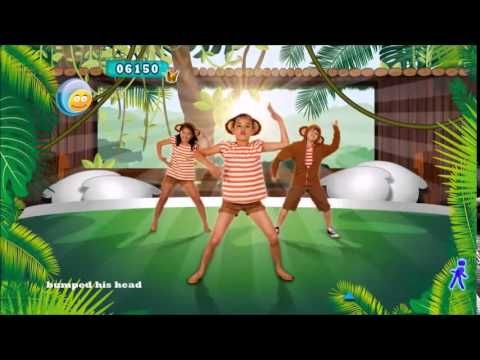 I mean the situation when a pacifier or mother's breast is in the child's mouth not for calming or feeding, but just like that, in a state of wakefulness. In this case, the problem arises purely mechanical: in order to speak, the mouth must be free, and if the mouth is occupied, then it is impossible to speak - the nipple or chest interferes.
I mean the situation when a pacifier or mother's breast is in the child's mouth not for calming or feeding, but just like that, in a state of wakefulness. In this case, the problem arises purely mechanical: in order to speak, the mouth must be free, and if the mouth is occupied, then it is impossible to speak - the nipple or chest interferes.
The pacifier can be used when the baby falls asleep, when sick, when hit, but must be removed when awake. After two years, the pacifier should be discarded completely. This will help to avoid speech problems and maintain the correct bite, which will significantly reduce your financial costs in the future when treating your beloved child's ugly teeth by an orthodontist.
The same applies to the mother's breast. It should be a source of food or a means of sedation, nothing more. Of course, breast milk contains a lot of good substances, but it is needed exactly until the child begins to eat normal human food. Breast sucking is very important for the formation of psychological communication between mother and child.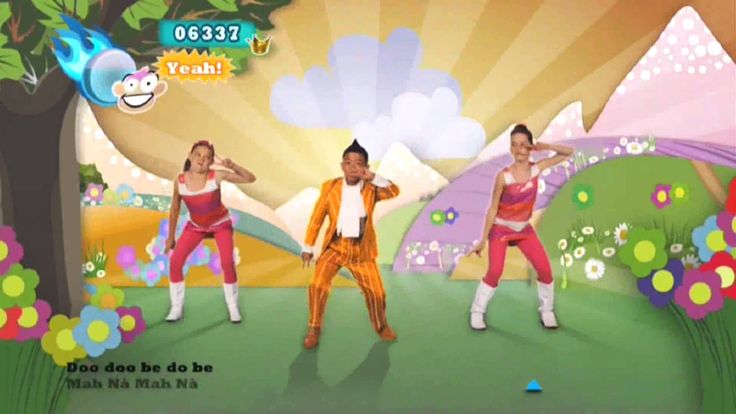 But by the age of two, the child already understands the addressed speech well, he can speak himself, so this connection only strengthens and will not be interrupted after weaning the child from the breast.
But by the age of two, the child already understands the addressed speech well, he can speak himself, so this connection only strengthens and will not be interrupted after weaning the child from the breast.
It is important to wean your baby from thumb sucking from the very beginning. By the age of 2.5-3 years, the child should be able to safely do without a pacifier, mother's breast or sucking fingers. Why? During sucking, rocking-translational movements give a feeling of calm, sedation. With age, the child's need for such movements weakens, now he needs to learn about the world around him, to be active. And if the child continues to suck a finger or a dummy, then he automatically transfers himself to the infant period, behaves like a baby and does not give himself the opportunity to fully develop.
Gadgets: harm or benefit
Modern devices, on the one hand, are very useful, but when it comes to children, you need to be extremely careful and careful. Nobody says that you don't need to use TV and gadgets at all. This is an important part of modern life, children should be able to master them. But a small child still does not have the skills of speech, movements, motor skills, proper mental development, criticism, self-criticism, and the ability to control oneself are incorrectly formed. Therefore, it is very dangerous to uncontrollably give him something that can provoke improper development.
Nobody says that you don't need to use TV and gadgets at all. This is an important part of modern life, children should be able to master them. But a small child still does not have the skills of speech, movements, motor skills, proper mental development, criticism, self-criticism, and the ability to control oneself are incorrectly formed. Therefore, it is very dangerous to uncontrollably give him something that can provoke improper development.
In Russia, little is said about this, and today in most families gadgets are used beyond the permissible limits, for each family member, including a baby, there are two to three gadgets. At the same time, in the same high-tech Japan, children are allowed to use a telephone or computer only from the age of five, when the nervous system has matured. And I agree with their approach. Yes, you can include some educational games or cartoons for your child, but no more than 30-40 minutes a day on a good screen with good sound. Tablets and smartphones are best avoided because young children quickly form color and tactile addictions.
Into the wilderness, to the village
Finally, I would like to advise all parents to spend more time outdoors with their children. This will be especially useful for kids who have problems with psycho-speech development. The best thing is to leave for a few weeks or even months in the countryside, where there are only living sounds of nature from a running stream, the rustle of leaves on trees, the buzzing of a bee and other sounds, where there is no urban, mechanical sound from the buzzing of wires. This will not only help normalize sleep, give peace of mind, but also enable the child’s brain overloaded with information to rest and gain strength to overcome all difficulties in speech development.
Be healthy! Good luck to you and your children!
Autism spectrum disorders in children
home
Articles
Diseases
Alpatsky Dmitry Aleksandrovich Neurologist, epileptologist, EEG doctor
07. 12.2015
12.2015
Often, mothers come to the doctor with complaints of delayed speech development in a child. But in some children, with a close look, the specialist, in addition, sees the features of the child's behavior that differ from the norm and are alarming .
Consider a clinical example:
Boy S. Age 2 years 9 months. According to the mother, the child's vocabulary is no more than 20 separate words, consisting of two or three syllables. There are no phrases. Mom says that the child often has tantrums, is restless, it is difficult to fall asleep. The child's mother has no other complaints. On examination, the doctor notices that the child does not look into the eyes, is constantly in motion, reacts with a cry if something is not given or forbidden to him. You can calm the child only by giving him a mobile phone or tablet. Shows interest not in children's toys, but more in shiny pieces of furniture and interior. Starting to play something, quickly loses interest and switches to something else. Asking the mother, it turns out that the child is very selective in food. Not accustomed to the potty, defecation only in a diaper in a standing position. Difficulty falling asleep and waking up during sleep. The child underwent Electroencephalography and consultations with a clinical psychologist and a speech therapist. Based on the results of the diagnosis and the clinical picture, the diagnosis was made - Autism Spectrum Disorder.
Asking the mother, it turns out that the child is very selective in food. Not accustomed to the potty, defecation only in a diaper in a standing position. Difficulty falling asleep and waking up during sleep. The child underwent Electroencephalography and consultations with a clinical psychologist and a speech therapist. Based on the results of the diagnosis and the clinical picture, the diagnosis was made - Autism Spectrum Disorder.
Autism Spectrum Disorders (ASD) are complex disorders of mental development that are characterized by social maladaptation and inability to social interaction, communication and behavioral stereotypy (multiple repetitions of monotonous actions).
Back in the middle of the last century, autism was a fairly rare disease. But over time, more and more children suffering from this disorder began to appear. Statistics show that the incidence of ASD in children over the past 30-40 years in countries where such statistics are carried out has risen from 4-5 people per 10,000 children to 50-116 cases per 10,000 children. At the same time, boys are more susceptible to this disease than girls (approximately 4:1 ratio).
At the same time, boys are more susceptible to this disease than girls (approximately 4:1 ratio).
Causes of RAS.
All over the world, until today, scientists studying the causes of autism have not come to a consensus. Many assumptions are put forward. Among the possible factors for the appearance of this disorder in children are some hypotheses:
- genetic predisposition hypothesis
- a hypothesis based on disorders of the development of the nervous system (autism is considered as a disease caused by disorders of brain development in the early stages of a child's growth).
- hypotheses about the influence of external factors: infections, chemical effects on the mother's body during pregnancy, birth trauma, congenital metabolic disorders, the influence of certain drugs, industrial toxins.
But whether these factors really can lead to the appearance of autism in children has not yet been clarified.
Features of the mental development of children with ASD.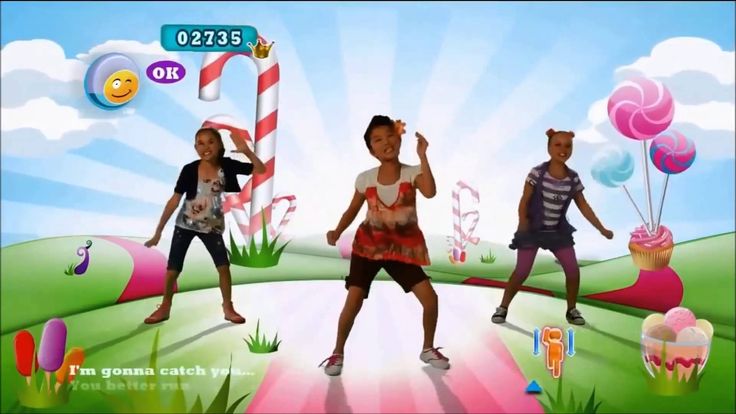
To understand and recognize the presence of autism in a child, parents need to carefully monitor the behavior of the child, notice unusual signs that are not characteristic of the age norm. Most often, these signs can be detected in children under the age of 3 years.
Childhood autism is considered as a developmental disorder that affects all areas of the child's psyche: intellectual, emotional, sensitivity, motor sphere, attention, thinking, memory, speech.
Disorders of speech development : absent or weak cooing and babbling may be noted at an early age. After a year, it becomes noticeable that the child does not use speech to communicate with adults, does not respond to a name, and does not follow verbal instructions. By the age of 2, children have a very small vocabulary. By the age of 3 they do not build phrases or sentences. At the same time, children often stereotypically repeat words (often incomprehensible to others) in the form of an echo. Some children have a lack of speech development. For others, speech continues to develop, but there are still communication impairments. Children do not use pronouns, address, speak about themselves in the third person. In some cases, there is a regression of previously acquired speech skills.
Some children have a lack of speech development. For others, speech continues to develop, but there are still communication impairments. Children do not use pronouns, address, speak about themselves in the third person. In some cases, there is a regression of previously acquired speech skills.
Difficulties in communication and lack of emotional contact with others: Such children shy away from tactile contact, eye contact is almost completely absent, there are inadequate facial reactions and difficulties in using gestures. Children most often do not smile, do not reach out to their parents and resist attempts by adults to take them in their arms. Children with autism lack the ability to express their emotions, as well as to recognize them in the people around them. There is a lack of empathy for other people. The child, along with the adult, does not focus on one activity. Children with autism do not make contact with other children or avoid it, they find it difficult to cooperate with other children, most often they tend to retire (difficulties in adapting to the environment).
H violation of exploratory behavior: children are not attracted by the novelty of the situation, they are not interested in the environment, they are not interested in toys. Therefore, children with autism most often use toys in an unusual way, for example, a child may not roll the whole car, but turn one of its wheels monotonously for hours. Or not understanding the purpose of the toy to use it for other purposes.
Eating disorders : a child with autism can be extremely selective in the offered products, food can cause the child to be disgusted, dangerous, often children begin to sniff food. But along with this, children may try to eat an inedible thing.
Violation of self-preservation behavior: due to a large number of fears, the child often finds himself in a situation that is dangerous for himself. The cause can be any external stimulus that causes an inadequate reaction in the child. For example, a sudden noise may cause a child to run in a random direction.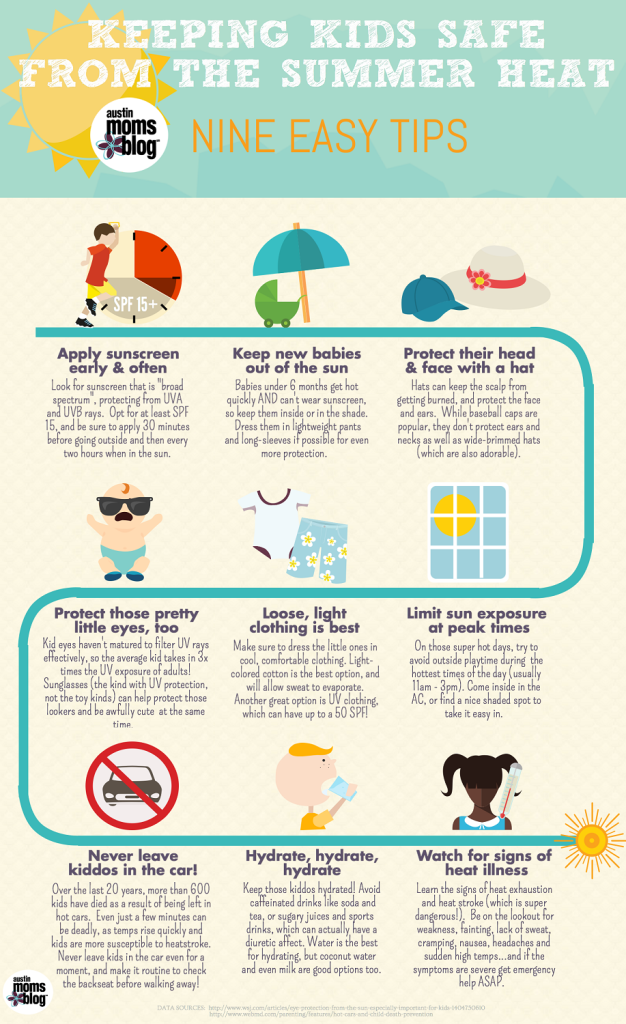 Also, the reason is ignoring real threats to life: a child can climb very high, play with sharp objects, cross the road without looking.
Also, the reason is ignoring real threats to life: a child can climb very high, play with sharp objects, cross the road without looking.
Impaired motor development: as soon as the child begins to walk, he is noted for clumsiness. Also, some children with autism are inherent in walking on their toes, a very noticeable violation of the coordination of hands and feet. It is very difficult for such children to teach everyday actions, it is rather difficult for them to imitate. Instead, they develop stereotypical movements (performing the same actions for a long time, running in circles, swinging, flapping “like wings” and circular movements with their arms), as well as stereotypical manipulations with objects (tweaking small details, lining them up). Children with autism have significant difficulty in learning self-care skills. Pronounced motor awkwardness.
Perception disorders: difficulties in orientation in space, fragmentation in the perception of the environment, distortion of a holistic picture of the objective world.
Difficulties in concentration: children have difficulty focusing on one thing, there is high impulsivity and restlessness.
Poor memory: both parents and professionals often notice that children with autism are good at remembering things that are meaningful to them (this may cause them pleasure or fear). Such children remember their fear for a long time, even if it happened a very long time ago.
Features of thinking: experts note difficulties in arbitrary learning. Also, children with autism do not focus on understanding the cause-and-effect relationships in what is happening, there are difficulties in transferring the acquired skills to a new situation, the concreteness of thinking. It is difficult for a child to understand the sequence of events and the logic of another person.
Behavioral problems: negativism (refusal to listen to instructions from an adult, to perform joint activities with him, avoiding a learning situation). Often accompanied by resistance, screams, aggressive outbursts. A huge problem is the fears of such children. Usually they are incomprehensible to others, because often children cannot explain them. The child may be frightened by sharp sounds, some specific actions. Another behavioral disorder is aggression. Any disorder, violation of a stereotype, interference of the outside world in a child's life can provoke aggressive (hysteria or physical attack) and auto-aggressive outbursts (damage to oneself).
Often accompanied by resistance, screams, aggressive outbursts. A huge problem is the fears of such children. Usually they are incomprehensible to others, because often children cannot explain them. The child may be frightened by sharp sounds, some specific actions. Another behavioral disorder is aggression. Any disorder, violation of a stereotype, interference of the outside world in a child's life can provoke aggressive (hysteria or physical attack) and auto-aggressive outbursts (damage to oneself).
Each case of the disease is very individual: autism can have most of the listed signs in an extreme degree of manifestation, and it can manifest itself only in some barely noticeable features.
Diagnosis of Autism Spectrum Disorders
To diagnose autism, specialists use the criteria of 2 international classifications: ICD-10 and DSM-5.
But the main three criteria (“triad” of violations) that can be distinguished are:
- violation of social adaptation
- violations in the communication sphere
- stereotypical behavior
The main diagnostic steps include:
- examination of the child by a psychiatrist, neurologist, psychologist
- observation of the child and filling out the "Autism Rating Scale", which can be used to determine the severity of the disorder
- conversation with parents
- filling in questionnaires by parents - "Questionnaire for the diagnosis of autism"
Species PAC
There are several existing classifications of ASD, and the separation often occurs on completely different grounds, which, of course, can bring some inconvenience to a person who is initially little familiar with medicine or psychology; therefore, the most basic and frequently encountered types of ASD will be highlighted below: - Kanner's syndrome (Early childhood autism) - characterized by a "triad" of the main violations: difficulty in establishing contacts with the outside world, stereotypical behavior, as well as a delay or violation of the communicative functions of speech development . It is also necessary to note the condition of the early onset of these symptoms (up to about 2.5 years)
It is also necessary to note the condition of the early onset of these symptoms (up to about 2.5 years)
It manifests itself in children in 4 forms, depending on the degree of fencing off from the outside world:
Complete detachment from what is happening. This group is characterized by the absence of speech and the inability to organize the child (to establish eye contact, to achieve the implementation of instructions and assignments). When trying to interact with the child, he shows the greatest discomfort and impaired activity.
Active rejection. It is characterized by more active contact with the environment than the first group. There is no such detachment, but there is rejection of a part of the world that is unacceptable to the child. The child shows selective behavior (in communication with people, in food, in clothes)
Preoccupation with autistic interests. It is characterized by the formation of overvalued addictions (for years a child can talk on the same topic, draw the same plot). The gaze of such children is directed at the face of a person, but they look "through" this person. Such children enjoy the stereotyped reproduction of individual impressions.
The gaze of such children is directed at the face of a person, but they look "through" this person. Such children enjoy the stereotyped reproduction of individual impressions.
Extreme difficulty in organizing communication and interaction. Autism at its mildest. Children are characterized by increased vulnerability, contact with the world stops at the slightest sensation of obstacles. These children can make eye contact.
- Asperger's Syndrome. Formed from birth. Children have an early onset of speech development, a rich vocabulary, developed logical thinking, and there are no disorders in mental development. But at the same time, the communicative side of speech suffers: such children do not know how to establish contact with other people, do not listen to them, can talk to themselves, do not keep a distance in communication, and do not know how to empathize with other people.
- Rett syndrome. Its peculiarity lies in the fact that the development of a child up to 1-1.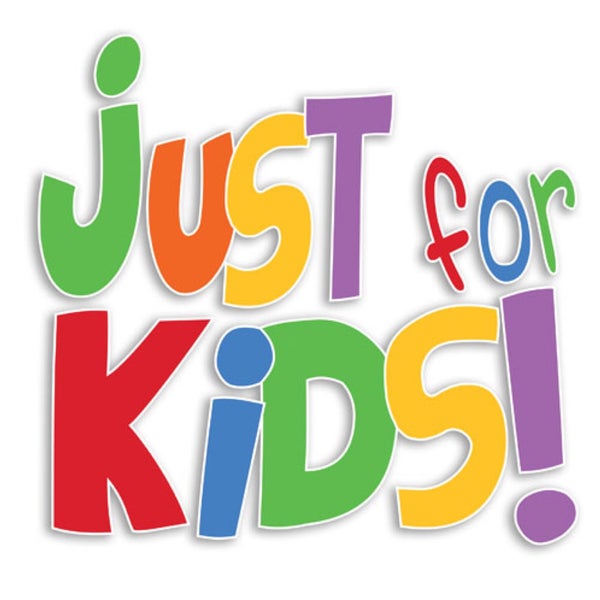 5 years proceeds normally, but then the newly acquired speech, motor and subject-role skills begin to disintegrate. Characteristic for this condition are stereotypical, monotonous movements of the hands, rubbing, wringing, while not carrying a purposeful character. The rarest of the presented diseases, occurring almost always only in girls.
5 years proceeds normally, but then the newly acquired speech, motor and subject-role skills begin to disintegrate. Characteristic for this condition are stereotypical, monotonous movements of the hands, rubbing, wringing, while not carrying a purposeful character. The rarest of the presented diseases, occurring almost always only in girls.
- Childhood psychosis. The first manifestation of symptoms before 3 years of age. It is characterized by violations of social behavior, communication disorders. There are stereotypes in behavior (children run in a monotonous circle, sway while standing and sitting, fingering their fingers, shaking their hands). These children have eating disorders: they can swallow food without chewing. Their unclear speech can sometimes be an incoherent set of words. There are times when children freeze in place, like dolls.
- Atypical autism. It differs from autism in terms of age manifestation and the absence of one criterion from the “triad” of major disorders.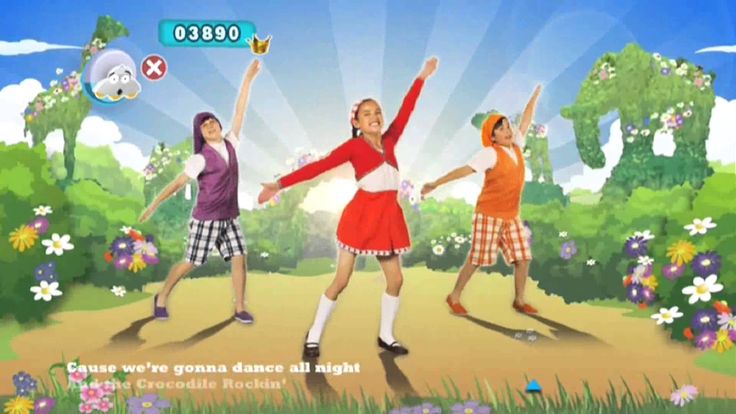
Correction of patients with ASD
One of the most important sections of habilitation for children with ASD is undoubtedly the provision of psycho-correctional and social rehabilitation assistance, with the formation of social interaction and adaptation skills. Comprehensive psycho-correctional work, which includes all sections and types of rehabilitation assistance, which will be described below, is, along with drug therapy, an effective means of stopping the negative symptoms of ASD, and also contributes to the normal inclusion of the child in society. Types of RAS correction:
1) Psychological correction - the most common and well-known type; It is characterized by a fairly wide range of methods, of which the TEACCH and ABA-therapy programs are most widely used and recognized in the world.
The first program is based on the following principles:
- The characteristics of each individual child are interpreted on the basis of observations of him, and not from theoretical ideas;
- increasing adaptation is carried out both by learning new skills and by adapting existing ones to the environment;
- Creation of an individual training program for each child; use of structured learning; holistic approach to intervention.
The second program is largely based on learning, which depends on the consequences that have arisen after the behavior. Consequences can be in the form of punishment or reward. In this model, it is necessary to highlight the main methods, such as the procedure for creating a contour and reinforcing behavior similar to the target; method of teaching chains of behavior; method of teaching discrimination of stimuli.
2) Neuropsychological correction - this type includes a set of exercises consisting of stretching, breathing, oculomotor, facial and other exercises for the development of the communicative and cognitive sphere, and the exercises themselves differ markedly in time and quantity.
3) Work with the child's family and environment - first of all, this type of correction is aimed at alleviating emotional tension and anxiety among family members, since parents of children with ASD often also need help, including psychotherapeutic support and training programs (such programs are mainly aimed at developing feelings of understanding of the problem, the reality of its solution and the meaningfulness of behavior in the current family situation).
4) Psychosocial therapy - in fact, work with the child himself to form the cognitive, emotional and motivational-volitional resources of the individual for the possibility of further social adaptation, the need for which becomes more pronounced as the child with ASD grows older.
5) Logopedic correction - given the fact that speech development disorder is one of the cardinal manifestations of ASD, this type of work with a child will be an integral part of the correction program. It is characterized by a focus on the formation of vocabulary, the development of auditory attention, as well as phonetic and speech hearing.
6) Medical correction of RAS. In some forms of autism, medication is needed for the child. For example, to improve concentration and perseverance, a doctor may prescribe vitamins and nootropic drugs that improve thinking processes and stimulate speech development. And with high impulsivity, aggression, negativism, pronounced signs of "withdrawal into oneself", psychotropic drugs can help.